Five years ago, I visited the National Motor Museum Beaulieu and saw the real thing: Donald Campbell’s speed record car, the Bluebird CN7. I have finally acquired a miniature model of it. Although it is a large machine, measuring 9 metres in length and weighing around 4 tonnes, the cockpit is very small, as shown here. The low, ground-hugging body and the smooth curves of the fairings covering the tyres create elegant curves with long overhangs at the front and rear, which, combined with the vivid blue paintwork, make it extremely beautiful. The miniature car reproduces its shape very well.
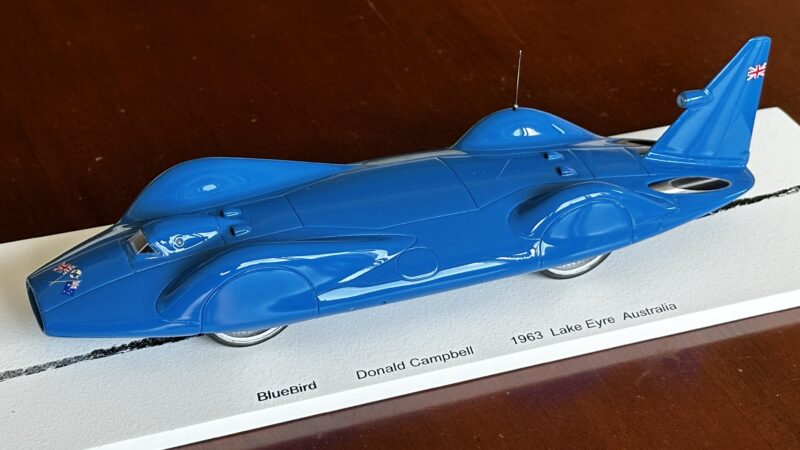
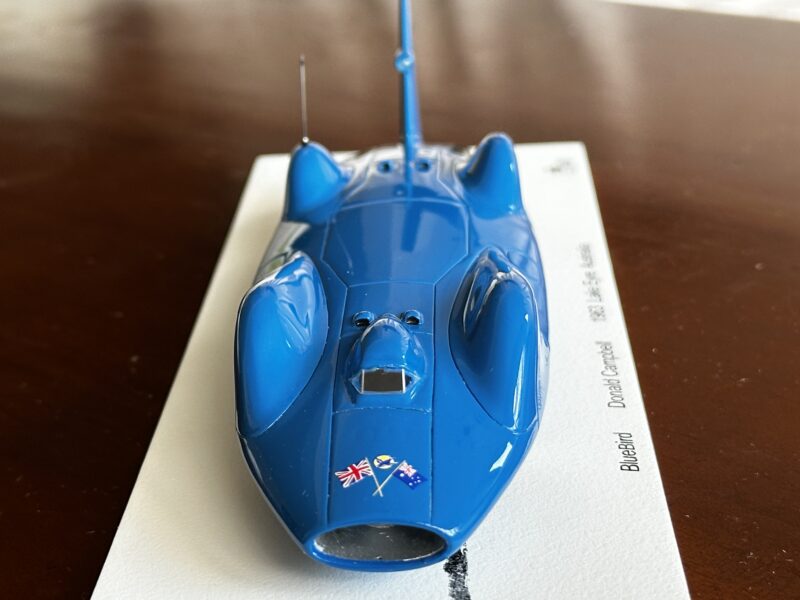
This is the genuine Bluebird CN7. It is displayed in the Speed Record Hall of the National Motor Museum Beaulieu, Hampshire, England, located in the wilderness near Portsmouth. On 17 July 1964, it achieved the last official world land speed record as a wheel driven vehicle, reaching 648.73 km/h in Australia. All subsequent land speed records were achieved using jet or rocket propulsion (although the FIA did not recognize it, jet-powered vehicles had already exceeded 650 km/h in 1963). Donald Campbell planned to break the record with a jet-powered Bluebird, but died in 1967 while attempting to set a water speed record. Incidentally, he is the only person to have held both the land and water world records simultaneously. Truly a man possessed by speed records!
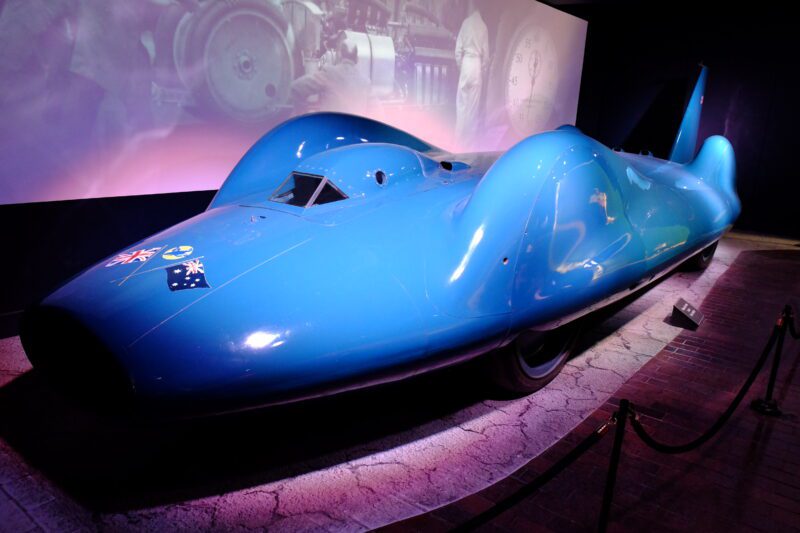
Note that the engine type is a gas turbine, not an internal combustion engine. However, it is wheel-driven. Occasionally, it is mistaken for jet-propelled due to its exhaust pipe position and narrow tyres, or sometimes referred to as the last speed record holder with an internal combustion engine. Indeed, the tyres are narrow rubber blocks, much like those on a motorcycle, but such is the nature of speed record holders, even when wheel-driven. The ultra-high-speed rotating tyres cannot use thick, air-filled ones like those on Formula 1 cars, despite their need to transmit high horsepower. They must be rigid and of high circularity. Incidentally, the wheel-drive record was soon surpassed the following year, 1965, by the Goldenrod at 658 km/h. The current record stands at 722 km/h, set by the Challenger 2.
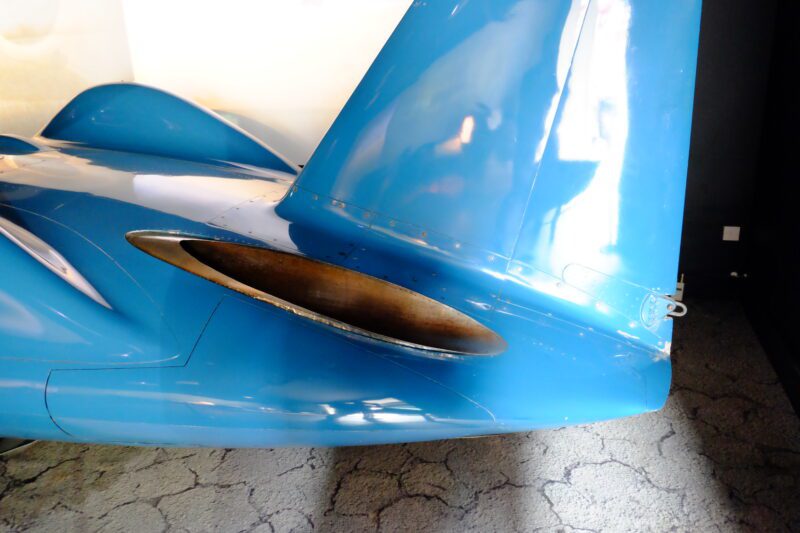
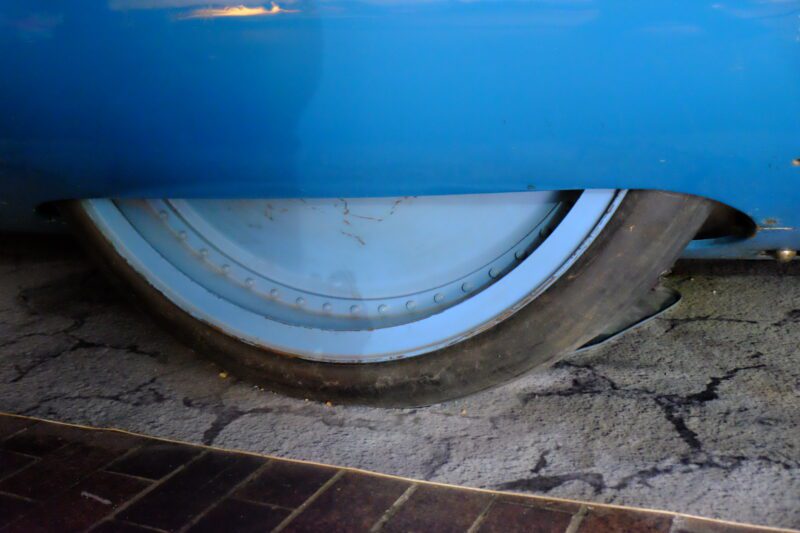
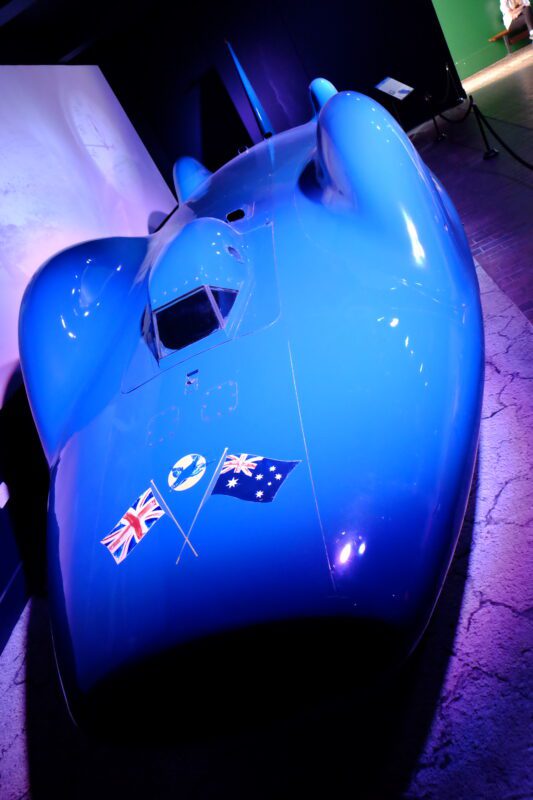
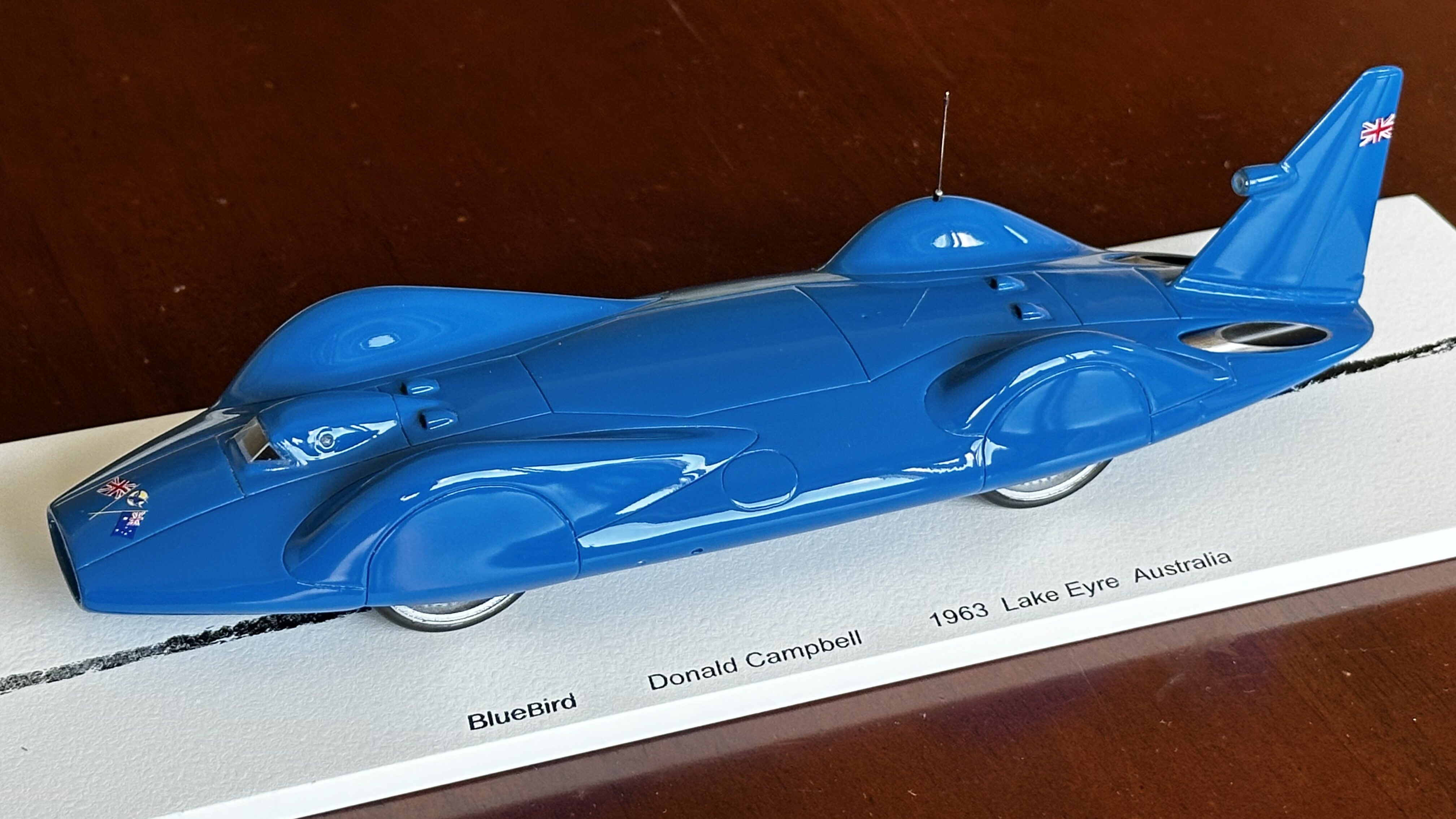


Comment